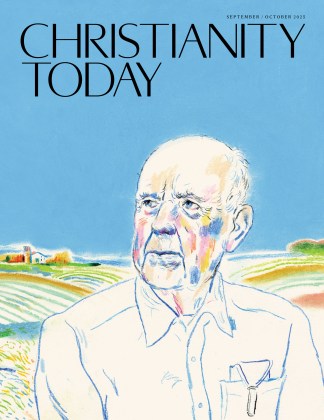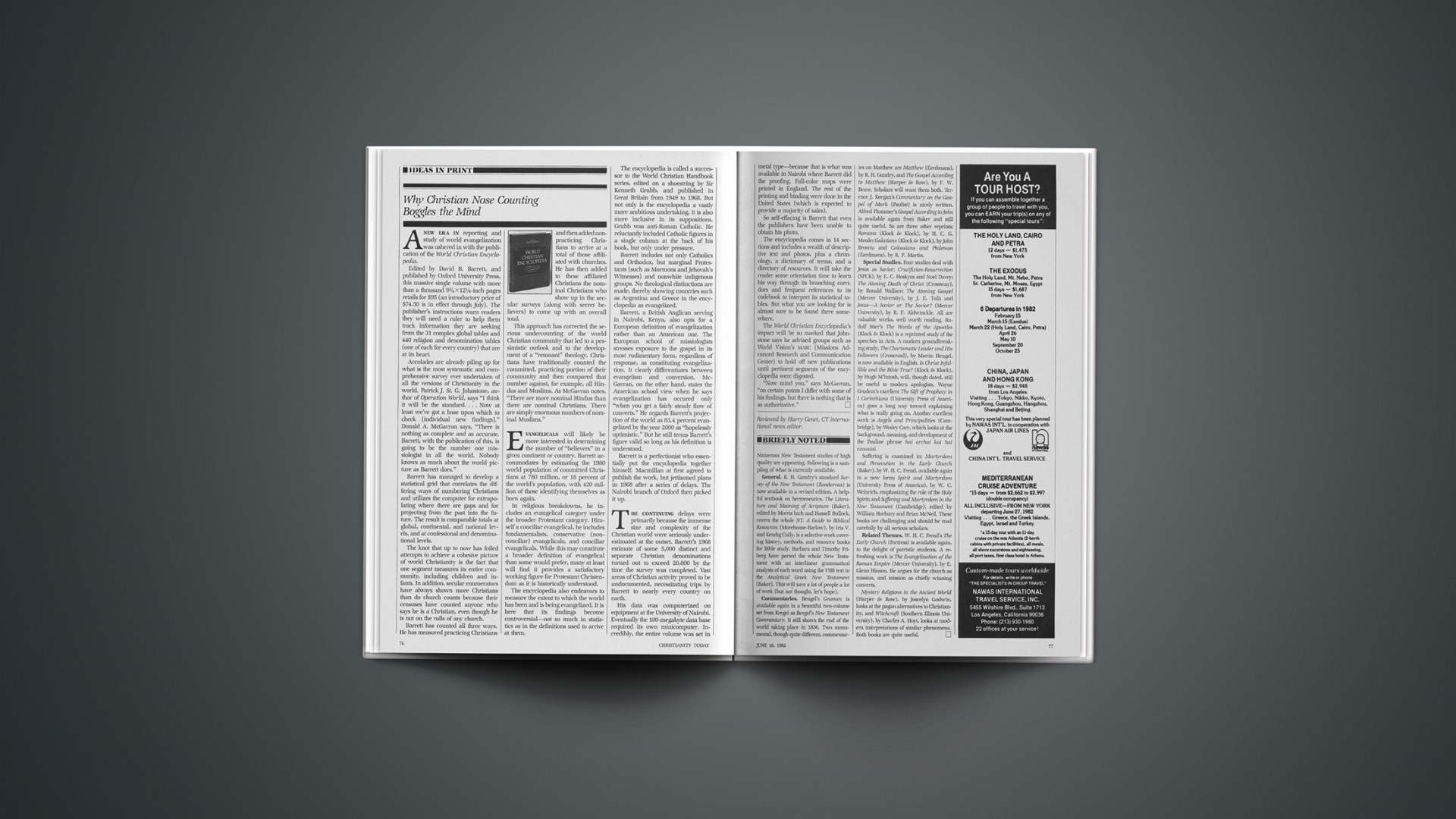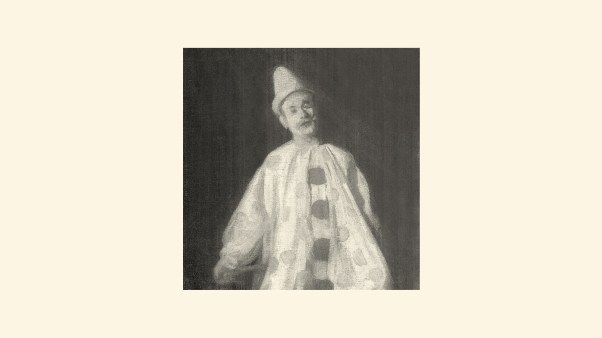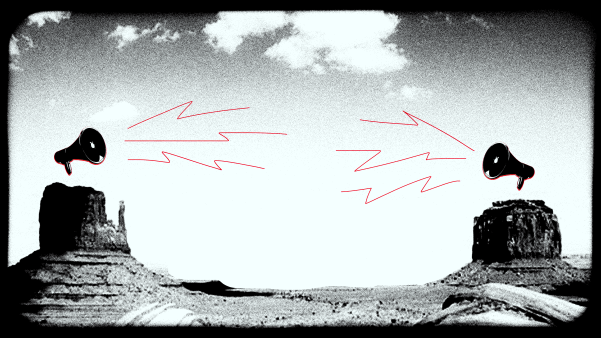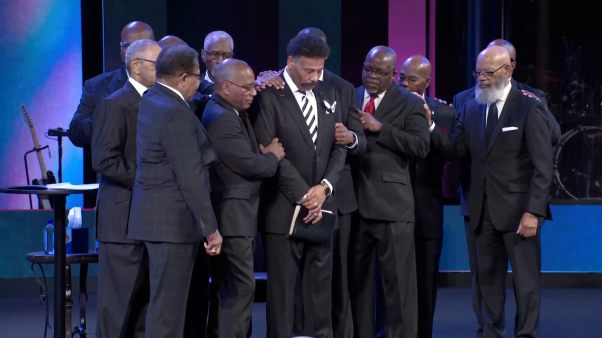Why Christian Nose Counting Boggles The Mind
A new era in reporting and study of world evangelization was ushered in with the publication of the World Christian Encyclopedia.
Edited by David B. Barrett, and published by Oxford University Press, this massive single volume with more than a thousand 9¾×12¼-inch pages retails for $95 (an introductory price of $74.50 is in effect through July). The publisher’s instructions warn readers they will need a ruler to help them track information they are seeking from the 31 complex global tables and 440 religion and denomination tables (one of each for every country) that are at its heart.
Accolades are already piling up for what is the most systematic and comprehensive survey ever undertaken of all the versions of Christianity in the world. Patrick J. St. G. Johnstone, author of Operation World, says “I think it will be the standard.… Now at least we’ve got a base upon which to check [individual new findings].” Donald A. McGavran says, “There is nothing as complete and as accurate. Barrett, with the publication of this, is going to be the number one missiologist in all the world. Nobody knows as much about the world picture as Barrett does.”
Barrett has managed to develop a statistical grid that correlates the differing ways of numbering Christians and utilizes the computer for extrapolating where there are gaps and for projecting from the past into the future. The result is comparable totals at global, continental, and national levels, and at confessional and denominational levels.
The knot that up to now has foiled attempts to achieve a cohesive picture of world Christianity is the fact that one segment measures its entire community, including children and infants. In addition, secular enumerators have always shown more Christians than do church counts because their censuses have counted anyone who says he is a Christian, even though he is not on the rolls of any church.
Barrett has counted all three ways. He has measured practicing Christians and then added non-practicing Christians to arrive at a total of those affiliated with churches. He has then added to these affiliated Christians the nominal Christians who show up in the secular surveys (along with secret believers) to come up with an overall total.
This approach has corrected the serious undercounting of the world Christian community that led to a pessimistic outlook and to the development of a “remnant” theology. Christians have traditionally counted the committed, practicing portion of their community and then compared that number against, for example, all Hindus and Muslims. As McGavran notes, “There are more nominal Hindus than there are nominal Christians. There are simply enormous numbers of nominal Muslims.”
Evangelicals will likely be more interested in determining the number of “believers” in a given continent or country. Barrett accommodates by estimating the 1980 world population of committed Christians at 780 million, or 18 percent of the world’s population, with 420 million of those identifying themselves as born again.
In religious breakdowns, he includes an evangelical category under the broader Protestant category. Himself a conciliar evangelical, he includes fundamentalists, conservative (non-conciliar) evangelicals, and conciliar evangelicals. While this may constitute a broader definition of evangelical than some would prefer, many at least will find it provides a satisfactory working figure for Protestant Christendom as it is historically understood.
The encyclopedia also endeavors to measure the extent to which the world has been and is being evangelized. It is here that its findings become controversial—not so much in statistics as in the definitions used to arrive at them.
The encyclopedia is called a successor to the World Christian Handbook series, edited on a shoestring by Sir Kenneth Grubb, and published in Great Britain from 1949 to 1968. But not only is the encyclopedia a vastly more ambitious undertaking, it is also more inclusive in its suppositions. Grubb was anti-Roman Catholic. He reluctantly included Catholic figures in a single column at the back of his book, but only under pressure.
Barrett includes not only Catholics and Orthodox, but marginal Protestants (such as Mormons and Jehovah’s Witnesses) and nonwhite indigenous groups. No theological distinctions are made, thereby showing countries such as Argentina and Greece in the encyclopedia as evangelized.
Barrett, a British Anglican serving in Nairobi, Kenya, also opts for a European definition of evangelization rather than an American one. The European school of missiologists stresses exposure to the gospel in its most rudimentary form, regardless of response, as constituting evangelization. It clearly differentiates between evangelism and conversion. McGavran, on the other hand, states the American school view when he says evangelization has occured only “when you get a fairly steady flow of converts.” He regards Barrett’s projection of the world as 83.4 percent evangelized by the year 2000 as “hopelessly optimistic.” But he still terms Barrett’s figure valid so long as his definition is understood.
Barrett is a perfectionist who essentially put the encyclopedia together himself. Macmillan at first agreed to publish the work, but jettisoned plans in 1968 after a series of delays. The Nairobi branch of Oxford then picked it up.
The continuing delays were primarily because the immense size and complexity of the Christian world were seriously underestimated at the outset. Barrett’s 1968 estimate of some 5,000 distinct and separate Christian denominations turned out to exceed 20,800 by the time the survey was completed. Vast areas of Christian activity proved to be undocumented, necessitating trips by Barrett to nearly every country on earth.
His data was computerized on equipment at the University of Nairobi. Eventually the 100-megabyte data base required its own minicomputer. Incredibly, the entire volume was set in metal type—because that is what was available in Nairobi where Barrett did the proofing. Full-color maps were printed in England. The rest of the printing and binding were done in the United States (which is expected to provide a majority of sales).
So self-effacing is Barrett that even the publishers have been unable to obtain his photo.
The encyclopedia comes in 14 sections and includes a wealth of descriprive text and photos, plus a chronology, a dictionary of terms, and a directory of resources. It will take the reader some orientation rime to learn his way through its branching corridors and frequent references to its codebook to interpret its statistical tables. But what you are looking for is almost sure to be found there somewhere.
The World Christian Encyclopedia’s impact will be so marked that Johnstone says he advised groups such as World Vision’s MARC (Missions Advanced Research and Communication Center) to hold off new publications until pertinent segments of the encyclopedia were digested.
“Now mind you,” says McGavran, “on certain points I differ with some of his findings, but there is nothing that is as authoritative.”
Reviewed by Harry Genet, CT international news editor.
Briefly Noted
Numerous New Testament studies of high quality are appearing. Following is a sampling of what is currently available.
General. R. H. Gundry’s standard Survey of the New Testament (Zondervan) is now available in a revised edition. A helpful textbook on hermeneutics, The Literature and Meaning of Scripture (Baker), edited by Morris Inch and Hassell Bullock, covers the whole NT. A Guide to Biblical Resources (Morehouse-Barlow), by Iris V. and Kendig Cully, is a selective work covering history, methods, and resource books for Bible study. Barbara and Timothy Friberg have parsed the whole New Testament with an interlinear grammatical analysis of each word using the UBS text in the Analytical Greek New Testament (Baker). This will save a lot of people a lot of work (but not thought, let’s hope).
Commentaries. Bengel’s Gnomen is available again in a beautiful two-volume set from Kregel as Bengel’s New Testament Commentary. It still shows the end of the world taking place in 1836. Two monumental, though quite different, commentaries on Matthew are Matthew (Eerdmans), by R. H. Gundry, and The Gospel According to Matthew (Harper & Row), by F. W. Beare. Scholars will want them both. Terence J. Keegan’s Commentary on the Gospel of Mark (Paulist) is nicely written. Alfred Plummer’s Gospel According to John is available again from Baker and still quite useful. So are three other reprints: Romans (Klock & Klock), by H. C. G. Moule; Galatians (Klock & Klock), by John Brown; and Colossians and Philemon (Eerdmans), by R. P. Martin.
Special Studies. Four studies deal with Jesus as Savior: Crucifixion-Resurrection (SPCK), by E. C. Hoskyns and Noel Davey; The Atoning Death of Christ (Crossway), by Ronald Wallace; The Atoning Gospel (Mercer University), by J. E. Tull; and Jesus—A Savior or The Savior? (Mercer University), by R. F. Aldwinckle. All are valuable works, well worth reading. Rudolf Stier’s The Words of the Apostles (Klock & Klock) is a reprinted study of the speeches in Acts. A modern groundbreaking study, The Charismatic Leader and His Followers (Crossroad), by Martin Hengel, is now available in English. Is Christ Infallible and the Bible True? (Klock & Klock), by Hugh M’Intosh, will, though dated, still be useful to modern apologists. Wayne Grudem’s excellent The Gift of Prophecy in I Corinthians (University Press of America) goes a long way toward explaining what is really going on. Another excellent work is Angels and Principalities (Cambridge), by Wesley Carr, which looks at the background, meaning, and development of the Pauline phrase hai archai kai hai exousiai.
Suffering is examined in: Martyrdom and Persecution in the Early Church (Baker), by W. H. C. Frend, available again in a new form; Spirit and Martyrdom (University Press of America), by W. C. Weinrich, emphasizing the role of the Holy Spirit; and Suffering and Martyrdom in the New Testament (Cambridge), edited by William Horbury and Brian McNeil. These books are challenging and should be read carefully by all serious scholars.
Related Themes. W. H. C. Frend’s The Early Church (Fortress) is available again, to the delight of patristic students. A refreshing work is The Evangelization of the Roman Empire (Mercer University), by E. Glenn Hinson. He argues for the church as mission, and mission as chiefly winning converts.
Mystery Religions in the Ancient World (Harper & Row), by Joscelyn Godwin, looks at the pagan alternatives to Christianity, and Witchcraft (Southern Illinois University), by Charles A. Hoyt, looks at modern interpretations of similar phenomena. Both books are quite useful.
